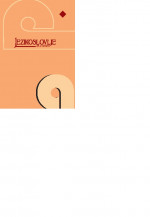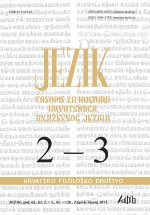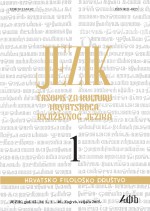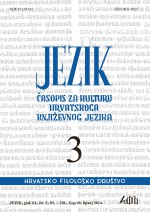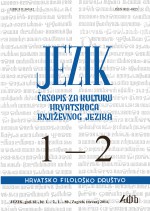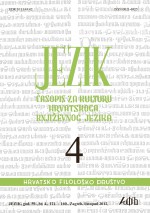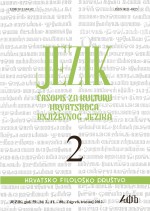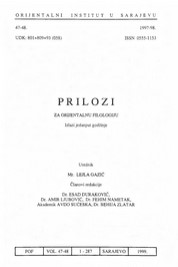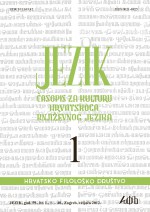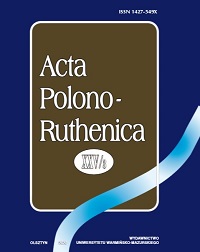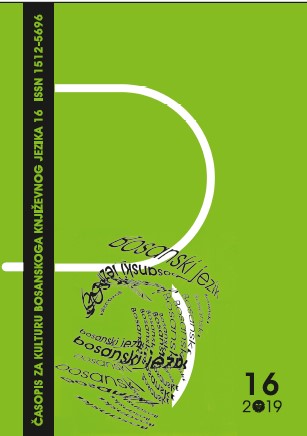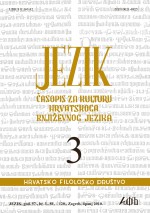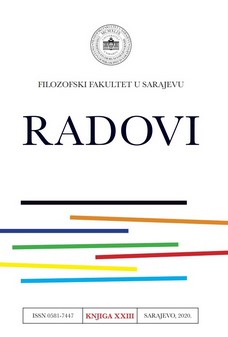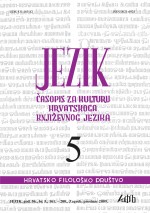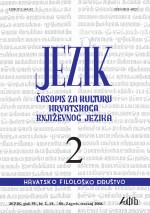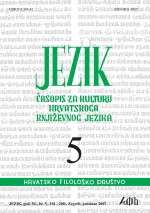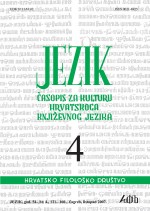Author(s): Halid Bulić / Language(s): Bosnian
Issue: 16/2019
In grammatical literature dealing with complex sentences and their connecting elements, it is always mentioned or implied that the function of connecting clauses in a complex sentence can also be performed by complex units composed of several words or units that can be recognized as independent words in at least some contexts. The existence of such complex elements raises the theoretical question of what they should be classified into. The answers to this question very often depend on other complex theoretical questions, for example, how is a “word” defined or where the boundary between a word and a syntagm is. The views cited or implied in the literature are different and often based on terms such as a conjunction group, a conjunction complex, a complex junctor, a complex conjunction, etc. In this paper, a distinction between conjunctions as a type of word and junctors as parts of a sentence that have the role of connecting is accepted. This implies the view that conjunctions are always words, and junctors can also be compounds of more than one word. To distinguish words from the combination of several words, we considered the criteria of positional mobility, uninterruptability and internal stability. The application of these criteria has led us to the conclusion that expressions (junctors) budući da, osim što, tako da, taman da, ne... li, kao da are not words, but complexes of several words and cannot even be considered conjunctions. On the other hand, it has been shown that junctor to jest, although it contains two orthographic words, is still one word grammatically. After the analysis, it was concluded that junctors (as syntactic units) can be simple (one word) and complex (several words). However, conjunctions, grammatically speaking, always consist of one word and there is no justification for separating the category of complex conjunctions in Bosnian.
More...
